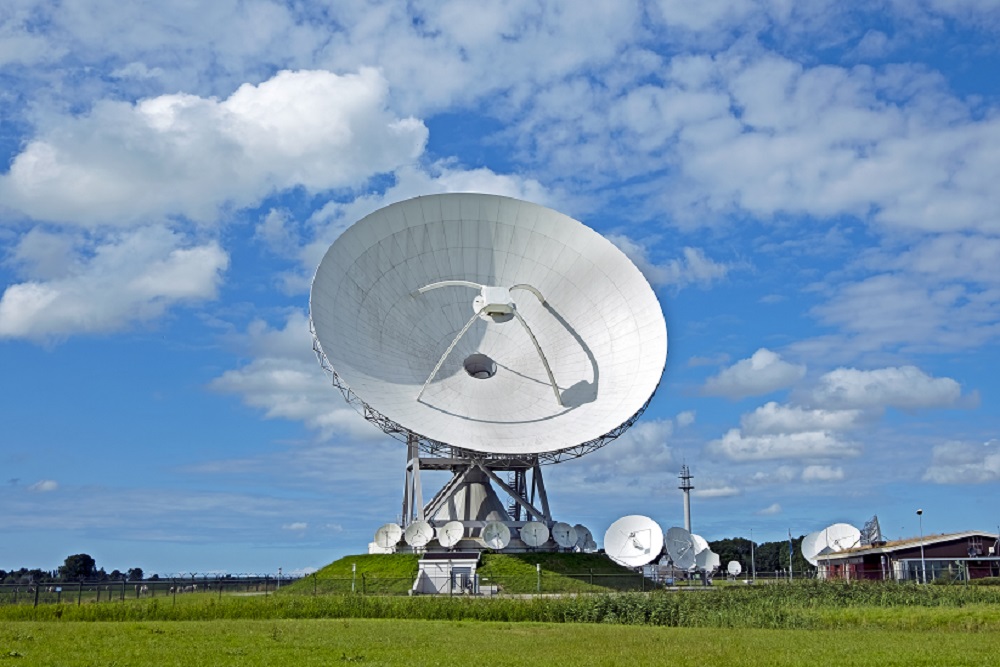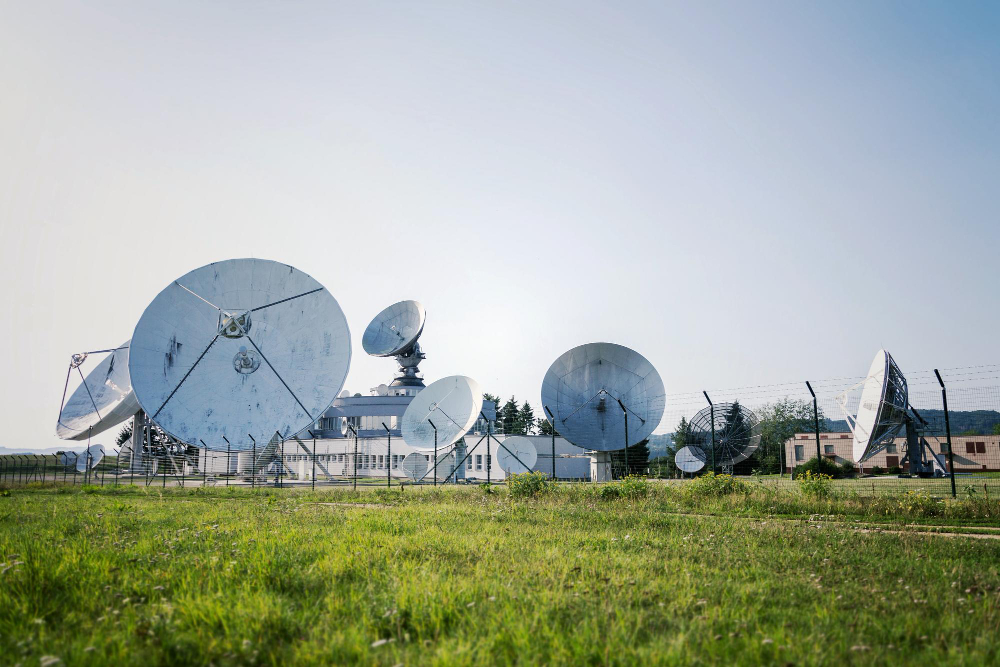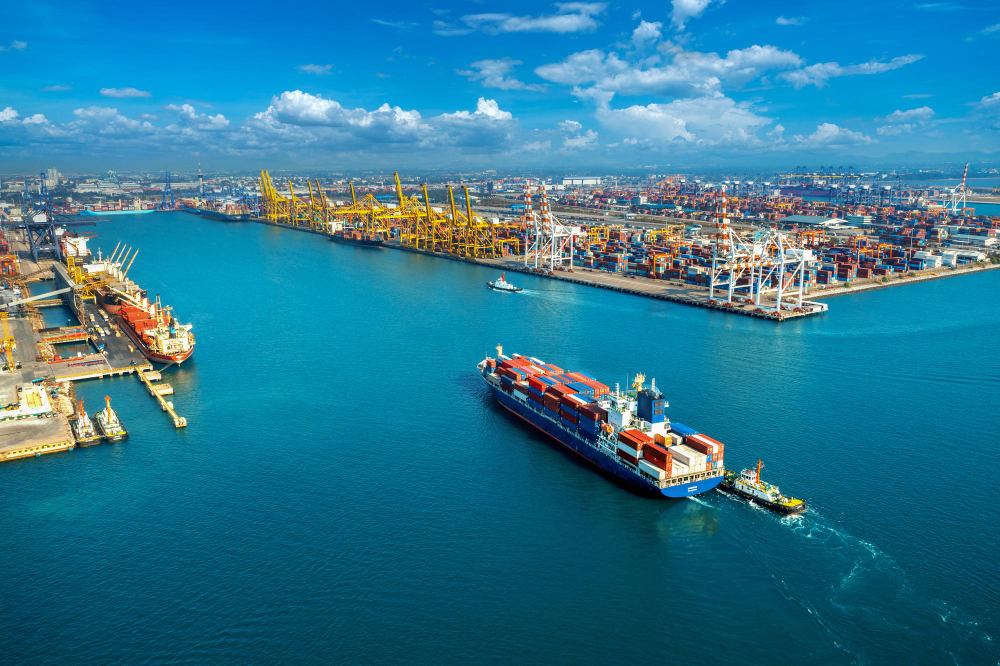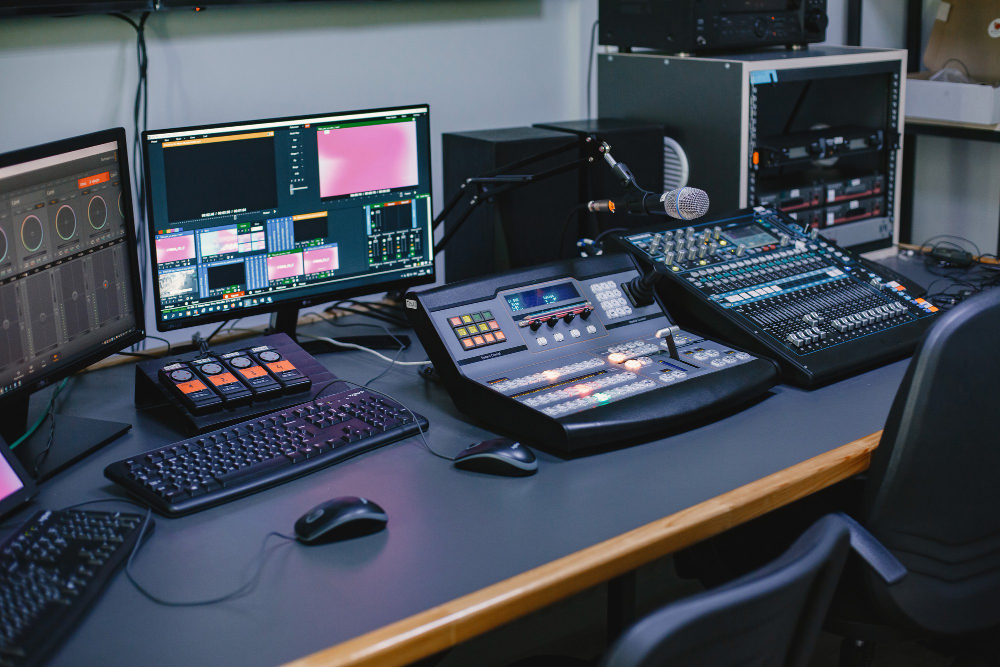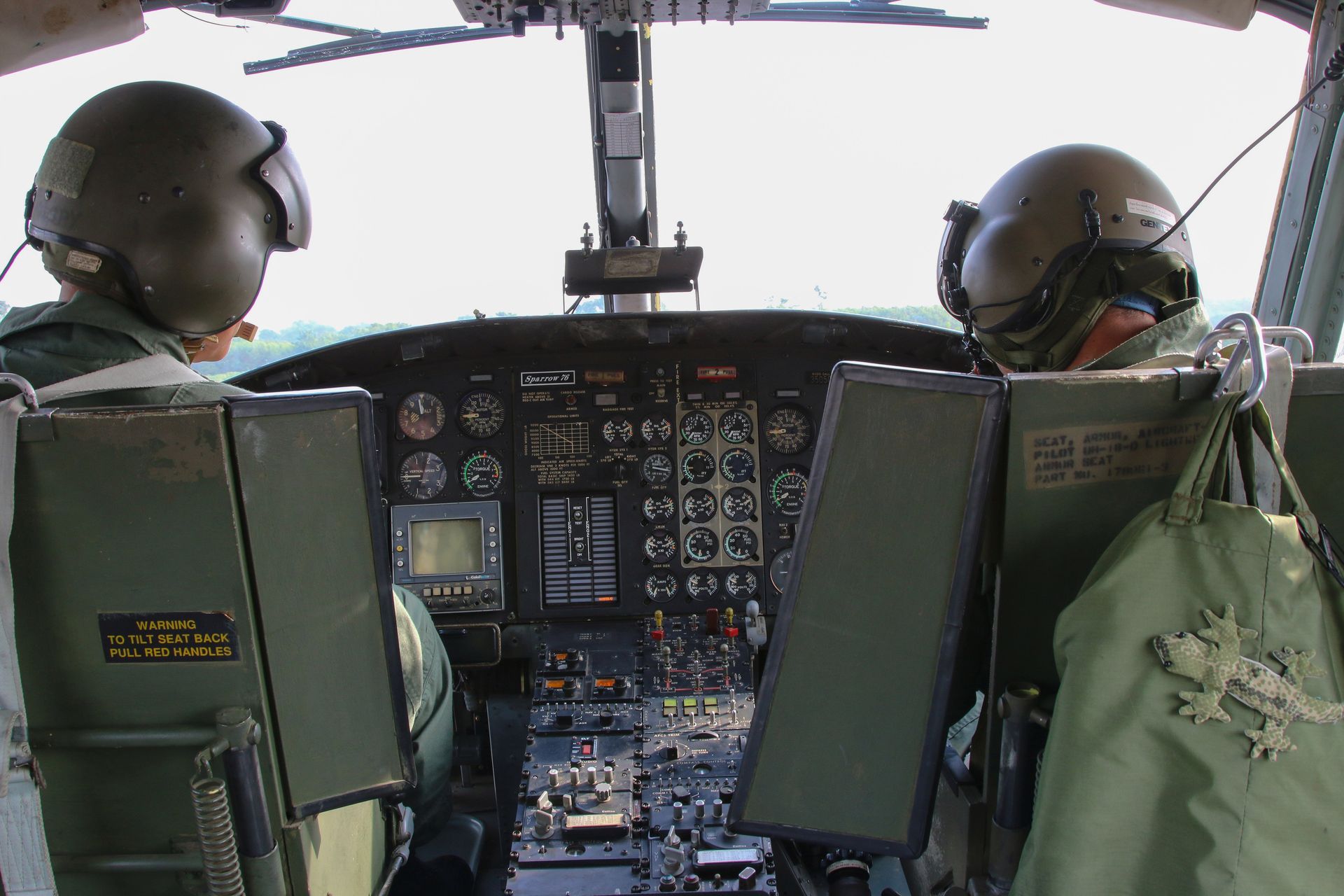9 Ways Satellite Technology Has Improved The Aviation Industry
The aviation industry has come a long way since the Wright brothers made their historic debutant flight in 1903. Despite taking a mega-hit for the worst during the recent COVID pandemic, the high number of travelers indicates that the industry has indeed bounced back and is on an even faster growth trajectory compared to its pre-covid state.
Research predicts that air traffic will double by 2035, with seven billion passengers annually. Technological advancements have played a massive role in shaping the airline industry, with one of the most revolutionary developments being integrating satellite technology into aviation systems and operations.
On the other hand, satellite telecommunication systems have not been left behind and continue to transform many fields, including the aviation industry, in various ways. In particular, satellite technology has enhanced safety, efficiency, and passenger experience in the aviation industry. In this blog post, we will explore the evolution of satellite technology in the aviation industry and highlight key improvements linked to using satellite telecommunication systems in airline operations.
Improved Coordination and Operations
Satellite technology has revolutionized communication in aviation. Pilots, air traffic controllers, and ground staff use satellite-based communication systems to exchange real-time information, leading to better coordination and swift responses to critical situations. Without satellite communications, the chaos witnessed at many airports during peak travel seasons would be magnified. Such enhanced communication significantly improves the safety and efficiency of air traffic management.
Real-Time Data Transmission
Gone are the days when flight data had to be relayed through ground-based infrastructure. Satellite telecommunication systems allow for real-time data transmission, providing pilots and operators with immediate updates on weather conditions, flight plans, and other critical information. In turn, airlines can use the timely data exchange to ensure optimal flight routes and improved decision-making during the journey.
Global Coverage and Remote Areas Access
Through satellite technology, aviation operators can easily access global coverage, enabling seamless communication and tracking of aircraft, even in remote and oceanic regions where traditional ground-based infrastructure is minimal. Access to these and other marginalized areas ensures continuous surveillance, allowing for the safe navigation of long-haul flights over vast expanses of uninhabited terrain.
Weather Monitoring and Forecasting
One of the effective uses of satellite technology in the aviation industry is monitoring weather conditions. By transmitting real-time weather data to pilots and air traffic controllers, satellite technology ensures that they make informed decisions about route changes or altitude adjustments to avoid hazardous weather conditions. This contributes significantly to the safety of flights and the well-being of passengers and crews.
Precise Navigation and Smooth Landing
The Global Positioning System (GPS) is one of the most ubiquitous navigation systems in the world. It has revolutionized navigation in the aviation industry. Through GPS, pilots can access highly accurate and reliable positioning data, improving navigation during all phases of flights. Using GPS, pilots are able to navigate safe and smoother landings as well as reduce their fuel consumption.
In-Flight Connectivity and Passenger Experience
Thanks to satellite-based in-flight connectivity, departure no longer means disconnection. In fact, Emirates Airlines recently announced that it will offer free Wi-Fi for every passenger on board. Such connectivity can only be availed via satellite telecommunication services. Passengers can now access the internet during their flights and enjoy other communication services, including making calls. In-flight connectivity services have inevitably enhanced passenger air travel experiences, making them more enjoyable and productive.
Communication during Emergencies and Rescue Operations
Emergencies and disasters in the aviation industry can be fatal. Satellite technology has facilitated reliable and uninterrupted communication during emergencies and critical rescue operations. Additionally, through satellite telecommunication devices, pilots and crews have been able to send distress signals to relevant authorities, enabling quicker response times and enhancing efficiency during rescue operations.
Enhanced Air Traffic Management
Satellite-based systems such as the Automatic Dependent Surveillance-Broadcast (ADS-B) have revolutionized air traffic management. By providing accurate and continuous aircraft tracking in real-time, the ADS-B systems have minimized the risk of collisions and facilitated efficient routing, ultimately reducing flight delays and fuel consumption.
Remote Monitoring and Maintenance
Satellite technologies facilitate remote monitoring of aircraft systems and performance. Through monitoring services, airlines can collect and analyze vast amounts of data. Like in other satellite-based monitoring services, the collated data can facilitate tracking of critical parameters and diagnostic services that help to improve operations and perform proactive maintenance, therefore reducing downtime and ensuring the safety and efficiency of their fleet.
Satellite technology has revolutionized the aviation industry, enhancing safety, efficiency, and overall passenger experience. With advancements in satellite telecommunication systems, airlines can now enjoy real-time communication, accurate navigation, and global coverage, making air travel safer and more reliable. As technology evolves, we can expect further innovations that will shape the aviation industry for years. Northtelecom offers a variety of satellite communication services. Contact our team to learn more.

